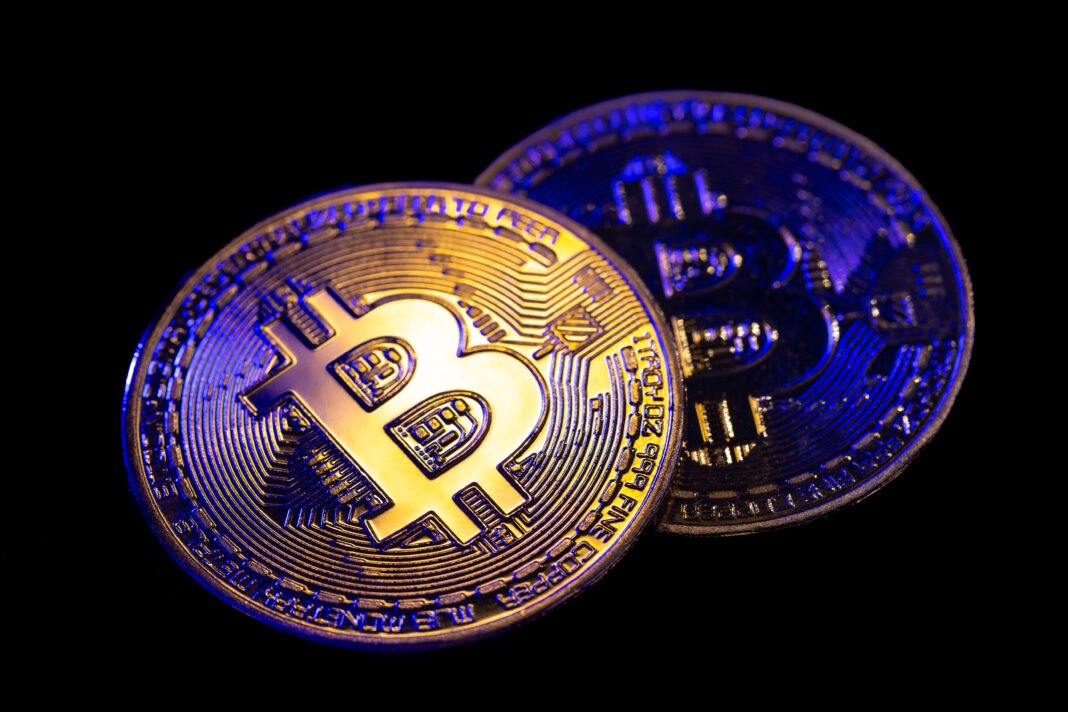Cryptocurrency is no longer a fringe topic reserved for coders and cyberpunks. It has become a major force in global finance, influencing everything from banking to e-commerce, investing, and even government policy. At the center of this evolution lies a powerful, often underestimated factor: media coverage.
From the earliest days of Bitcoin to the explosive growth of NFTs and decentralized finance, media has played a pivotal role in shaping how the public understands, adopts, and interacts with cryptocurrency. The narratives created through headlines, blogs, videos, and social platforms have the power to influence investor behavior, regulate markets, and either build or destroy trust in blockchain technology.
In this article, we’ll explore how media coverage—especially high-quality Crypto News—shapes perception, drives market cycles, fuels adoption, and supports responsible innovation in the world of digital assets.
The evolution of crypto media: From obscurity to mainstream
In Bitcoin’s early years (2009–2012), coverage was limited to tech forums, niche blogs, and cryptography mailing lists. The mainstream media largely ignored or dismissed cryptocurrency as a fad or internet joke.
That changed in 2013 when Bitcoin’s price surpassed $1,000 for the first time, prompting broader coverage and sparking curiosity. From that point on, the crypto industry entered a cycle of media-fueled hype and skepticism.
By the time of the 2017 bull run, Bitcoin, Ethereum, and ICOs were making headlines on every major financial news site. While this exposure introduced millions to crypto, it also led to sensationalism, misinformation, and unrealistic expectations.
Today, the crypto media landscape includes:
- Dedicated crypto publications
- Mainstream financial outlets covering digital assets
- Social media influencers and analysts
- YouTube channels, newsletters, and podcasts
This explosion of content makes it more important than ever to find accurate, unbiased, and timely sources—such as Crypto News—to cut through the noise and gain real insight.
Why media narratives matter in crypto
Media doesn’t just report what’s happening—it often defines how people understand what’s happening. In the world of cryptocurrency, where most participants are non-technical and highly influenced by public sentiment, the media narrative can become more powerful than the facts.
Here’s how:
1. Driving retail interest and adoption
When Bitcoin hits a new all-time high, the media explodes with headlines. This visibility introduces the concept of crypto to new users, driving millions to download apps, open wallets, and make their first purchase.
Conversely, when negative stories dominate—such as exchange hacks or rug pulls—public interest declines. Google Trends data consistently shows that search interest in Bitcoin and crypto mirrors news volume, proving the tight correlation between media coverage and user engagement.
2. Influencing investor sentiment
Investor psychology plays a huge role in the crypto market. Prices are often dictated not just by fundamentals but by how investors feel. Media plays a central role in shaping that sentiment.
Positive media stories foster optimism, FOMO (Fear of Missing Out), and risk-taking. Negative stories breed fear, uncertainty, and doubt (FUD). The result is a highly reactive market, with price swings often occurring in response to narrative shifts rather than data.
3. Shaping regulatory frameworks
Regulators are influenced by public opinion, which is often molded by media narratives. When headlines emphasize scams, fraud, or environmental harm, lawmakers are pressured to act swiftly and aggressively.
On the other hand, stories about financial inclusion, innovation, and transparency in blockchain can encourage more nuanced, constructive regulation.
Quality reporting, therefore, doesn’t just inform the public—it indirectly influences policy that shapes the future of the crypto ecosystem.
The problem with sensationalism and misinformation
While media can be a force for good, it can also distort reality when driven by clicks, hype, or agendas. Some of the most common problems in crypto reporting include:
- Exaggerated headlines that misrepresent the story
- Lack of context around complex issues
- Confusion between correlation and causation
- Unverified claims from anonymous sources
- Promotion of scams or questionable projects
These problems are magnified by the speed of social media. A misleading tweet or viral video can influence prices and behavior before the truth emerges.
This is why trusted sources like Crypto News are essential. They provide well-researched, balanced reporting that helps readers make informed decisions.
Social media’s influence on crypto perception
Social platforms like Twitter, Reddit, YouTube, and TikTok are major drivers of crypto sentiment. Influencers with large followings can:
- Spark massive rallies or sell-offs
- Promote unknown tokens to fame
- Fuel speculative bubbles
- Spread both useful education and harmful disinformation
While social media democratizes access to information, it also creates echo chambers, where users are exposed only to views that reinforce their biases. In crypto, this can lead to poor investment decisions and community polarization.
Reliable news outlets play a critical role in counterbalancing the chaos of social media by providing fact-based analysis and clarity.
What makes a good Crypto News platform?
In a sea of content, how can you identify a trustworthy news source? Here are key traits to look for:
1. Accuracy and fact-checking
Credible platforms verify claims, cite sources, and correct errors when necessary.
2. Balanced perspective
Good journalism presents multiple sides of a story—bullish and bearish, optimistic and cautious.
3. Expert analysis
Writers and analysts should have deep knowledge of blockchain, finance, or technology—not just editorial skills.
4. Clear distinction between news and opinion
Opinion pieces should be clearly labeled, avoiding confusion between fact and speculation.
5. Timeliness and relevance
The best platforms publish up-to-date stories without sacrificing depth or quality.
A site like Crypto News ticks all these boxes, offering insightful updates on Bitcoin, Ethereum, DeFi, regulation, and much more.
Media’s role in market cycles
Every Bitcoin bull or bear market has been accompanied—and amplified—by a media cycle:
- Early Accumulation: Few outlets cover crypto; content is technical or developer-focused.
- Bull Run: Mainstream media jumps in. Prices rise, and media feeds the frenzy.
- Peak Mania: Sensational headlines, extreme predictions, and mass retail interest dominate.
- Crash: Media coverage turns negative, focusing on losses, failures, and regulation.
- Recovery: Balanced reporting returns, along with builder-focused narratives.
Understanding this cycle helps investors remain calm and make rational decisions regardless of media sentiment.
Using Crypto News for smarter investing
Instead of reacting emotionally to every headline, investors can use crypto news strategically:
- Track project development: Know which teams are delivering results and which are overpromising.
- Monitor regulatory changes: Be ready for tax updates, compliance rules, or national adoption.
- Spot early trends: Identify emerging sectors like AI + blockchain, tokenized assets, or real-world use cases.
- Time the market wisely: Use news to gauge sentiment, but combine it with technical and on-chain analysis.
Educating the public and bridging the knowledge gap
Many people still misunderstand what Bitcoin or blockchain actually is. Media plays a critical role in closing this knowledge gap, offering educational resources and accessible explanations.
By simplifying complex ideas—without dumbing them down—news platforms help onboard the next wave of users. This increases adoption, drives innovation, and strengthens the entire ecosystem.
Final thoughts: Media is the bridge
Crypto is not just a technology—it’s a movement. And every movement needs storytellers.
The media is the bridge between developers and users, regulators and innovators, skeptics and believers. When done right, journalism empowers people with the truth, the context, and the tools to participate in the future of finance.
Whether you’re trading Bitcoin, researching altcoins, or simply staying curious, make sure you rely on sources like Crypto News to guide your journey with clarity, integrity, and insight.
In the fast-moving world of cryptocurrency, headlines don’t just report reality—they shape it. That’s why Crypto News matters more than ever.


